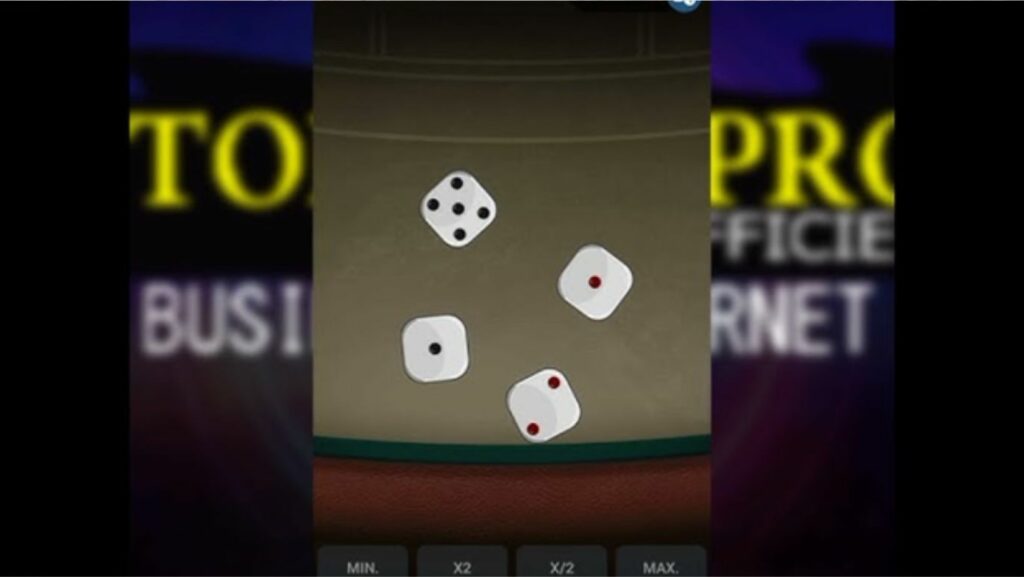
Circular thinking often means returning to the same thought repeatedly. People sometimes interpret it as being stuck or unsure. However, this thinking usually helps avoid mistakes and leads to smarter choices.
Some decisions require more than one attempt to get right. Thinking in loops allows individuals to examine a problem from multiple angles. This isn’t always a bad habit—it can be a valuable part of everyday reasoning.
The Gambler Watching the Roulette Wheel
Gamblers often gather around a roulette table trying to spot patterns. One player might notice that red has landed five times in a row and believe black is more likely next. Even though each spin is independent, players still attempt to predict outcomes.
In the United States, some players rely on streaks to decide their next move. Meanwhile, others consult previous results in the United Kingdom and use printed game records to guide their bets. These habits don’t change the odds but illustrate how people use circular thinking to manage uncertainty.
Canada provides another example. Canada’s online casinos allow players to observe and respond to chance within a controlled environment. Players engage with patterns, randomness, and probabilities through the structured layout of these platforms. Players may not win more often, but tracking outcomes helps develop focus and attention to detail.
What matters most is not the game’s result but how it shapes thinking. People learn to slow down, pause, and evaluate cues before acting. These skills carry over into other areas of life, such as managing risk, judging timing, or handling pressure.
The Parent Double-Checking the Stove
Many people experience the uncertainty of leaving the house, wondering whether they turned off the stove. A parent may go back to check once again to be sure. Though this may look like worry, it is often a careful habit built over time.
This type of thinking creates a habit that reinforces safety. It’s a mental loop that helps protect the family from dangers. Over time, these repeated actions become part of a smart routine rather than wasted effort.
There’s also value in the calm that comes with certainty. Rechecking builds peace of mind, allowing the person to move on to other tasks without stress. These repeated thought loops help protect homes and lives, often without conscious awareness.
The Shopper Debating a Purchase

A typical scene in any store is someone walking back and forth, carefully considering the same item. They pick it up, hold it for a while, then put it back. After making a round through the shop, they return.
This loop might seem like indecision, but it shows careful consideration. The shopper weighs the item’s value, price, and whether it meets an actual need. Instead of rushing into a choice, they review it several times.
Over time, this process helps reduce buyers’ regret and wasteful spending. People who follow these loops often leave feeling more confident about what they did—or didn’t—buy. It’s not just about saving money; it’s about building habits that improve financial judgment.
Thinking this way also trains the mind to slow down, creating space to ask, “Do I need this?” or “Will I use it?” That extra time can transform a quick want into a more thoughtful no.
The Commuter Sticking to a Familiar Route
Even with apps offering new ways to get to work, many drivers stick to the path they know. This isn’t always about habit, as past experiences often shape the choice.
Relying on a familiar route is a wise decision. It saves time in the long run, even if it doesn’t look faster on a map. Over time, people collect mental notes about what works and what doesn’t, returning to what’s proven reliable.
Choosing the same route repeatedly reflects trust in personal experience. It shows how people use lessons from previous trips to avoid stress and delays. Circular thinking here reduces daily problems and keeps routines smooth.
Choosing the same path repeatedly is boring. But it’s a quiet way to control time and reduce stress. It turns travel into something more structured and predictable—often what people need in a busy life.
The Investor Following Market Cycles
Investors spend a lot of time looking at charts that move in loops—up, down, and up again. These market cycles aren’t exact but provide clues about when to buy, hold, or sell. Circular thinking helps people recognise these cycles and respond with better timing.
Rather than guessing blindly, savvy investors compare today’s numbers with past events. They use patterns like downturns and rebounds to guide decisions. These patterns help reduce risk and add structure to plans that might otherwise feel uncertain.
Even small investors or savers benefit from this kind of thinking. Watching cycles in real estate, stocks, or job trends can lead to safer, better-timed choices. This cyclical process of learning from experience influences nearly every long-term plan.
Circular thinking allows for cautious consideration without leading to decision paralysis. When used thoughtfully, it leads to more precise, smarter financial steps.
Final Words
Circular thinking doesn’t always mean someone is stuck. Often, it shows careful thought and the use of experience to shape choices. Patterns and mental loops help people avoid risks, save money, and feel more confident about their actions. Going in circles isn’t always a sign of going nowhere—sometimes, it’s exactly how people move forward.


